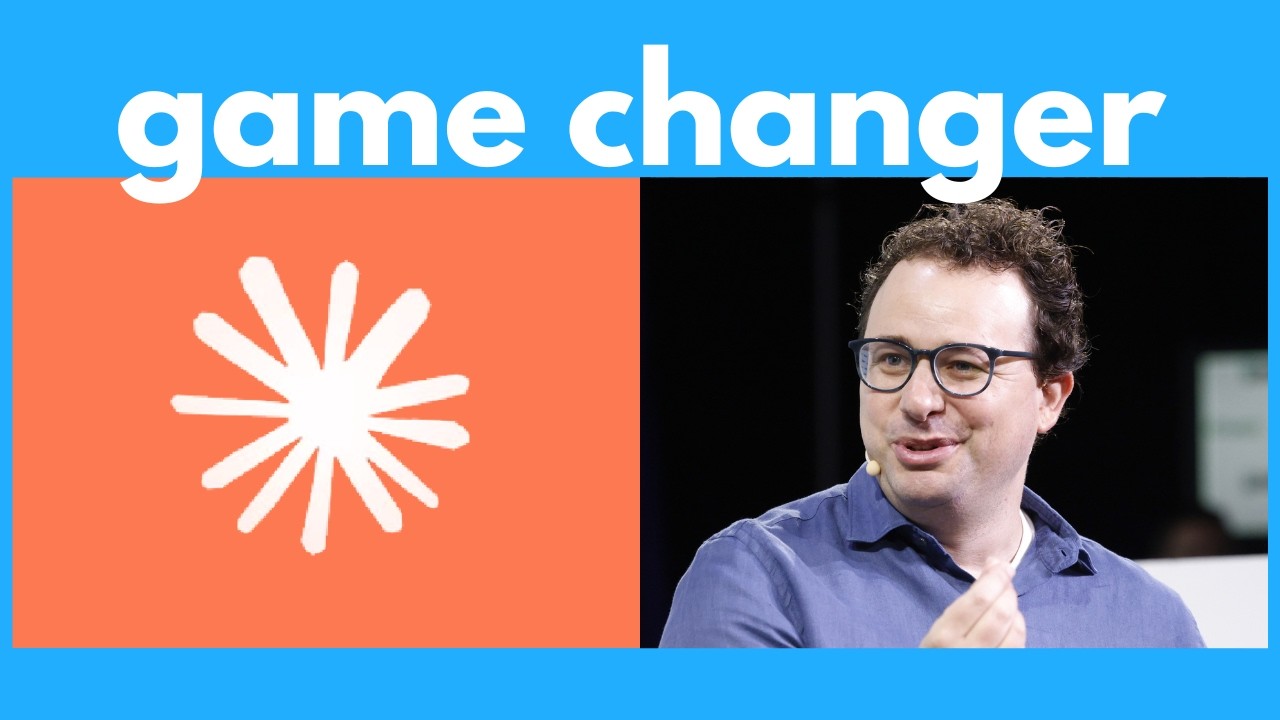The video highlights significant upgrades from Anthropic, including the introduction of AI agents with a new “computer use” feature that allows Claude to autonomously perform tasks on a user’s computer, such as filling out forms and coding. It also discusses the improved Claude 3.5 Sonet model, which shows advancements in reasoning but still faces limitations, emphasizing the ongoing development in AI technology.
The video discusses significant updates from Anthropic, particularly the introduction of new AI agents and an upgraded version of the Claude 3.5 model, known as Sonet. The highlight of the updates is a feature called “computer use,” which allows the AI to interact with a user’s computer by moving the mouse, typing, and performing tasks autonomously. This feature is designed to automate repetitive tasks, such as filling out forms or coding, by scanning the user’s screen and executing commands based on the information it finds. The presenter demonstrates this capability through various examples, showcasing how Claude can gather data from different applications and complete tasks without user intervention.
In one demonstration, Claude is tasked with filling out a vendor request form by searching for necessary information across a spreadsheet and a CRM system. The AI successfully identifies that the required data is not in the spreadsheet, switches to the CRM, retrieves the needed information, and fills out the form autonomously. This showcases the potential of the computer use feature to handle mundane tasks that typically require manual effort, thus enhancing productivity. The presenter emphasizes that this feature is currently available via the API for developers to experiment with, although it is still in an experimental phase and may encounter errors.
Another example involves Claude creating a personal homepage by navigating the web and coding. The AI opens a browser, requests code from another Claude instance, and then downloads and edits the file in a code editor. It even starts a local server to display the webpage, demonstrating its ability to handle coding tasks. However, the presenter notes that while the AI can perform these tasks, it still has limitations and may require user assistance to troubleshoot errors, indicating that the technology is still developing.
The video also covers the upgraded Claude 3.5 Sonet model, which has shown improvements in various benchmark metrics compared to its predecessor. The presenter highlights that while the new model has made strides in reasoning and knowledge tasks, it still struggles with certain challenges, such as counting letters in words or solving complex problems. The presenter tests the model with various prompts, revealing both its strengths and weaknesses, and notes that it lacks online search capabilities, limiting its ability to provide real-time information.
Overall, the video presents an optimistic view of the advancements in AI technology with the introduction of the computer use feature and the upgraded Claude 3.5 Sonet model. While acknowledging the current limitations and error rates, the presenter believes that these developments represent a significant step toward creating more capable AI agents that can automate a wide range of tasks. The video concludes with an invitation for viewers to share their experiences with the new model and to stay tuned for further updates in the rapidly evolving field of AI.
